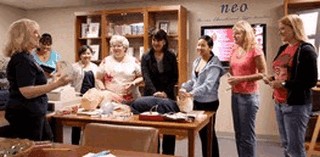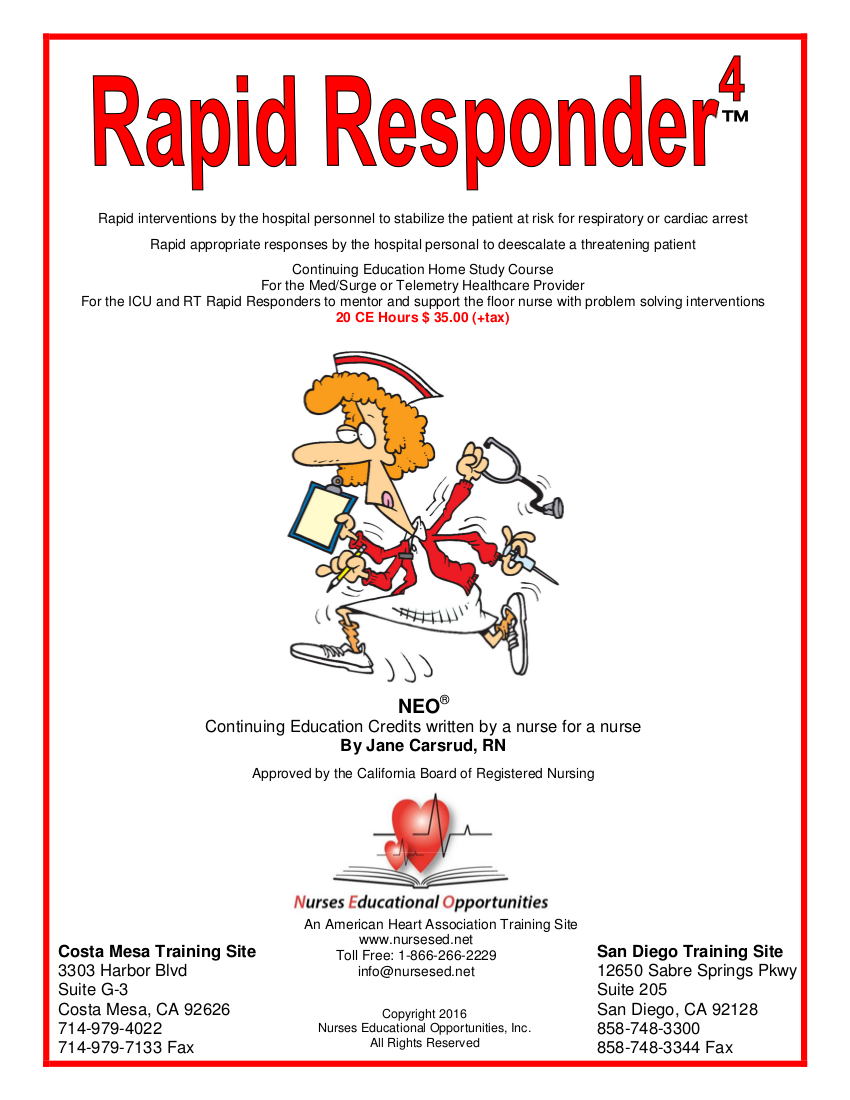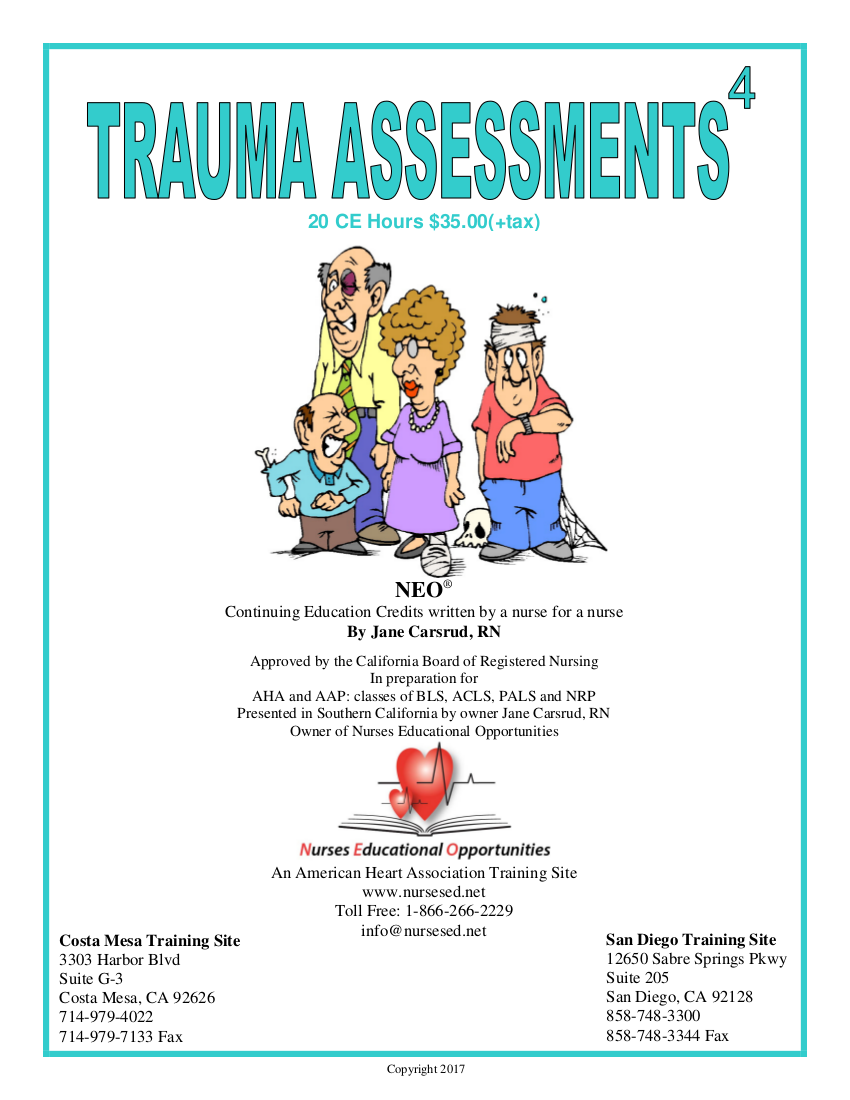-
A Nurse's Story, All Services, American Heart Association, Article, Career Builder, Featured This Month, ICU/ER Track, Maternal Child Health, New Grad Maternal Child Program, New Graduates of Nursing, NRP Skills, Nursing Advocacy, Orange County, San Diego
Nurses Eat their Young
Lateral violence is a form of nurse bullying For instance, lateral violence occurs when another nurse deliberately instills harmful behavior in the workplace to another employee. Most noteworthy, nurse to nurse bullying remains extremely common in various hospitals and healthcare facilities. Nursing remains one of greatest occupations at risk for lateral violence. As a matter of fact, roughly 44% to 85% of nurses reported being victims of bullying (Christie and Jones, 2014). Most notably, 93% of nurses reported witnessing lateral violence in the workplace. In most cases, the experienced nurse served as the perpetrator, whereas the New Grad and Student Nurse served the role of the victim (Jacobs & Kyzer,…
-
AHA ACLS, AHA BLS, AHA PALS, All Services, American Heart Association, Featured This Month, Maternal Child Health, Neonatal Intensive Care NICU, New Grad Maternal Child Program, New Graduates of Nursing, NRP Skills, Nursing Advocacy, Orange County, San Diego, Specialty
How to Develop your Critical Thinking Skills
“Inquiring minds want to know” Critical thinking is the ability to think clearly and rationally about what to do. Nurses with critical thinking skills are able to understand the logical connections between patient adversities and treatment. To illustrate, a reciprocal connection exists between a nurse and his/her patient where the nurse is the patient’s advocate and the patient relies on the nurse to be his or her advocate. Moreover, nursing is an honorable profession, and nurses are the heart and soul of the healthcare system. It is the nurse that the patient spends the most time during his or her stay in the hospital, therefore critical thinking for nurses is a…
-
How to Start CPR?
Providing CPR to adults 1. Assess for Scene Safety Before approaching an unresponsive victim, ensure that your surroundings are safe. If the scene is not safe, you are putting yourself and/or other bystanders at risk of injury. Here are a few examples of scene that is NOT safe: The victim is surrounded by fire, poison, or exposed electric circuits The victim is stuck inside of a totaled car There is gunfire or violence occurring in the surroundings If the scene is not safe, call 911. You may move or drag the victim to a safe area if it is safe for you to do so. 2. Check for responsiveness and calling 911…




